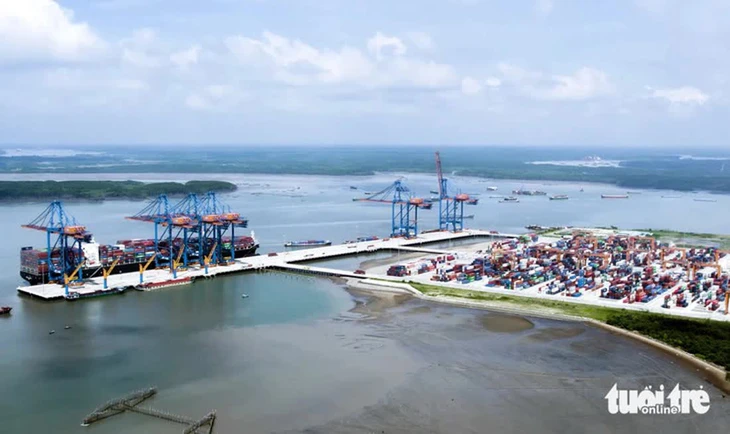
Experts believe that if Ho Chi Minh City merges with Ba Ria - Vung Tau, it will open up space for strong development of the marine economy. In the photo: a corner of Cai Mep - Thi Vai port - Photo: DONG HA
As many experts suggest, Binh Duong, Ba Ria - Vung Tau should be merged into Ho Chi Minh City and Binh Phuoc into Dong Nai. Then, they will complement each other in terms of population and area and create a strong economic and social area.
However, there is currently no road from Ho Chi Minh City to Ba Ria - Vung Tau, so you have to "transit" Dong Nai. Similarly, there is no road from Dong Nai to Binh Phuoc and you have to "transit" Binh Duong.
Thus, there will be a rare situation if the merger is carried out as planned above, where Dong Nai and Ho Chi Minh City will have to "borrow roads" from each other to go to other communes in the same area.
Ho Chi Minh City must "transit" Nhon Trach and Long Thanh when expanding?
To get to Vung Tau, people from Ho Chi Minh City must go through Long Thanh and Nhon Trach districts of Dong Nai. The usual way is to take the Ho Chi Minh City - Long Thanh expressway and turn down Highway 51 in Long Thanh district. Or turn from the expressway onto Highway 319 to enter Nhon Trach and exit back onto Highway 51.
In addition, people can also follow Hanoi Highway - National Highway 1 to Vung Tau intersection through Bien Hoa City, Dong Nai Province and then continue on National Highway 51.
Another option is to take the Cat Lai ferry from Thu Duc City to Nhon Trach District, then take Highway 51. By car, in addition to the two options above, people can also access the Ho Chi Minh City - Long Thanh - Dau Giay Expressway and Highway 51.
All of these transportation options have in common that they must go through Dong Nai province. People have no other choice when the entire border between Ho Chi Minh City and Ba Ria - Vung Tau (Can Gio and Phu My sections) is currently rivers, mangrove forests, and there is absolutely no road connection.

To go to Vung Tau to swim, people in Ho Chi Minh City now go through Long Thanh and Nhon Trach districts - Graphics: PHUONG NHI
Thus, if Ho Chi Minh City is merged with Ba Ria - Vung Tau and Binh Duong as proposed, then from the center of Ho Chi Minh City to the expanded Ho Chi Minh City areas (currently belonging to Ba Ria - Vung Tau) there will be no direct route, but must "transit" Dong Nai.
According to some experts, although the above "transit" is not a traffic problem, currently travel along existing routes is still stable and smooth. However, if there is a plan to merge the above provinces, the organization of intra-provincial traffic will have certain shortcomings.
Dong Nai must borrow Phu Giao and Bac Tan Uyen roads

The Bac Tan Uyen - Phu Giao - Bau Bang dynamic road through Phu Giao district, Binh Duong is under construction. This is one of the routes connecting Dong Nai with Binh Phuoc - Photo: A LOC
Similarly, Dong Nai and Binh Phuoc provinces have a 160km border, but to date there is no direct connecting route. Therefore, if these two provinces are merged, vehicles traveling between the two provinces will have to "transit" Phu Giao, Bac Tan Uyen (Binh Duong).
Specifically, to go from Bien Hoa to Binh Phuoc, you must follow provincial road 16, enter Tan Uyen city (Binh Duong), then enter provincial road 741 through Phu Giao district (Binh Duong) to Dong Xoai city (Binh Phuoc).
Alternatively, vehicles can go straight on Provincial Road 743 to Thu Dau Mot City, then follow National Highway 13 straight to Chon Thanh Town (Binh Phuoc), or turn onto Provincial Road 741 to Dong Xoai City. This route is wider but the distance is longer.
After Bach Dang 2 Bridge is completed in September 2024, connecting Vinh Cuu district (Dong Nai) with Tan Uyen city, drivers will have more options from Bien Hoa city to follow provincial road 768 to enter provincial road 747.
Then, through the center of Bac Tan Uyen district, go straight along the Bac Tan Uyen - Phu Giao - Bau Bang force road to Phu Giao district to reach Dong Xoai city.
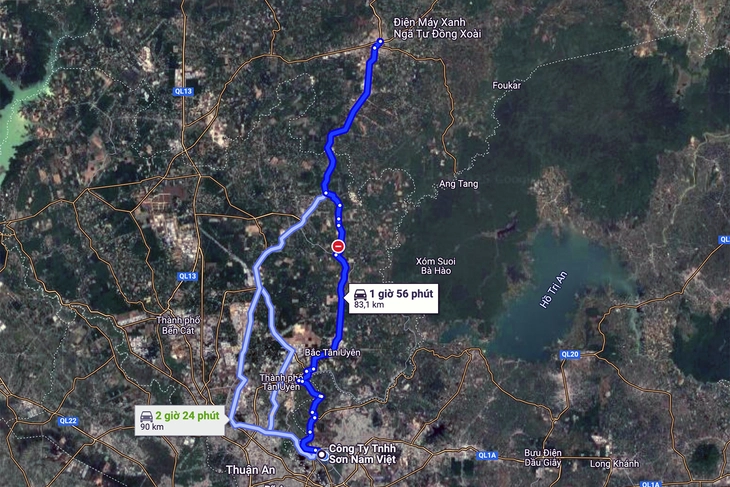
The routes from Dong Nai to Binh Phuoc currently all "transit" through Binh Duong province - Photo taken from Google maps
In addition, from National Highway 1 (Bien Hoa city), drivers can take Provincial Road 768 to Thu Bien Bridge and go straight to Bac Tan Uyen district. From here, the car continues on Provincial Road 746, 741 to Dong Xoai.
The above options show that from Dong Nai to Binh Phuoc there is currently no direct route between the two provinces, but must pass through Binh Duong.
These existing traffic patterns, together with the proposed merger plan (Ba Ria - Vung Tau, Binh Duong merged into Ho Chi Minh City; Binh Phuoc merged into Dong Nai), will create a situation: Ho Chi Minh City and Dong Nai, after the merger, will have to "borrow roads" from each other to move to places within their localities.
Although traffic is currently quite seamless, going from one place to another within the same province or city by 'transiting' through another province or city is quite inconvenient in terms of traffic organization.
What is the solution?
Like Tuoi Tre Online It has been reported that Ho Chi Minh City is strongly promoting the construction of routes connecting the city center to Can Gio and connecting Ba Ria - Vung Tau. Including: Can Gio bridge, high-speed urban railway, coastal road from Can Gio to Ba Ria - Vung Tau, including Can Gio - Vung Tau sea bridge.
Along with existing transport projects, these projects are expected to directly connect localities in Ho Chi Minh City after expansion and merger.
Similarly, Binh Phuoc also proposed a plan to restore Ma Da bridge with more than 5,130 billion VND to connect directly with Dong Nai.
Recently, leaders of Dong Nai and Binh Phuoc inspected and had a meeting about this project.
In addition, according to some experts, during the merger process, if the boundaries of some districts such as Nhon Trach and Long Thanh of Dong Nai are flexibly adjusted to Ho Chi Minh City; and Phu Giao and Tan Uyen (Binh Duong) are moved to Dong Nai (after the merger), the traffic organization plan will be convenient, avoiding having to "borrow roads" from each other.
Source: https://tuoitre.vn/tp-hcm-va-dong-nai-co-the-phai-muon-duong-cua-nhau-khi-sap-nhap-20250326101624491.htm




![[Photo] Ministry of Defense sees off relief forces to the airport to Myanmar for mission](https://vstatic.vietnam.vn/vietnam/resource/IMAGE/2025/3/30/245629fab9d644fd909ecd67f1749123)


![[Photo] Prime Minister Pham Minh Chinh chairs meeting to remove difficulties for projects](https://vstatic.vietnam.vn/vietnam/resource/IMAGE/2025/3/30/7d354a396d4e4699adc2ccc0d44fbd4f)

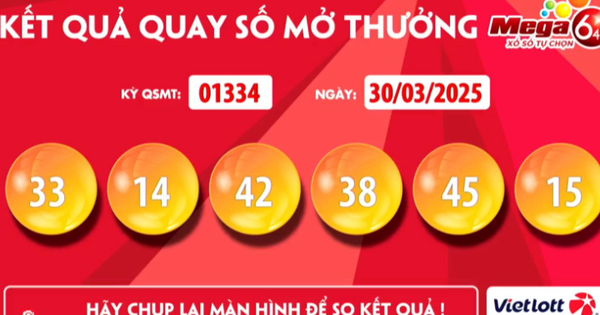
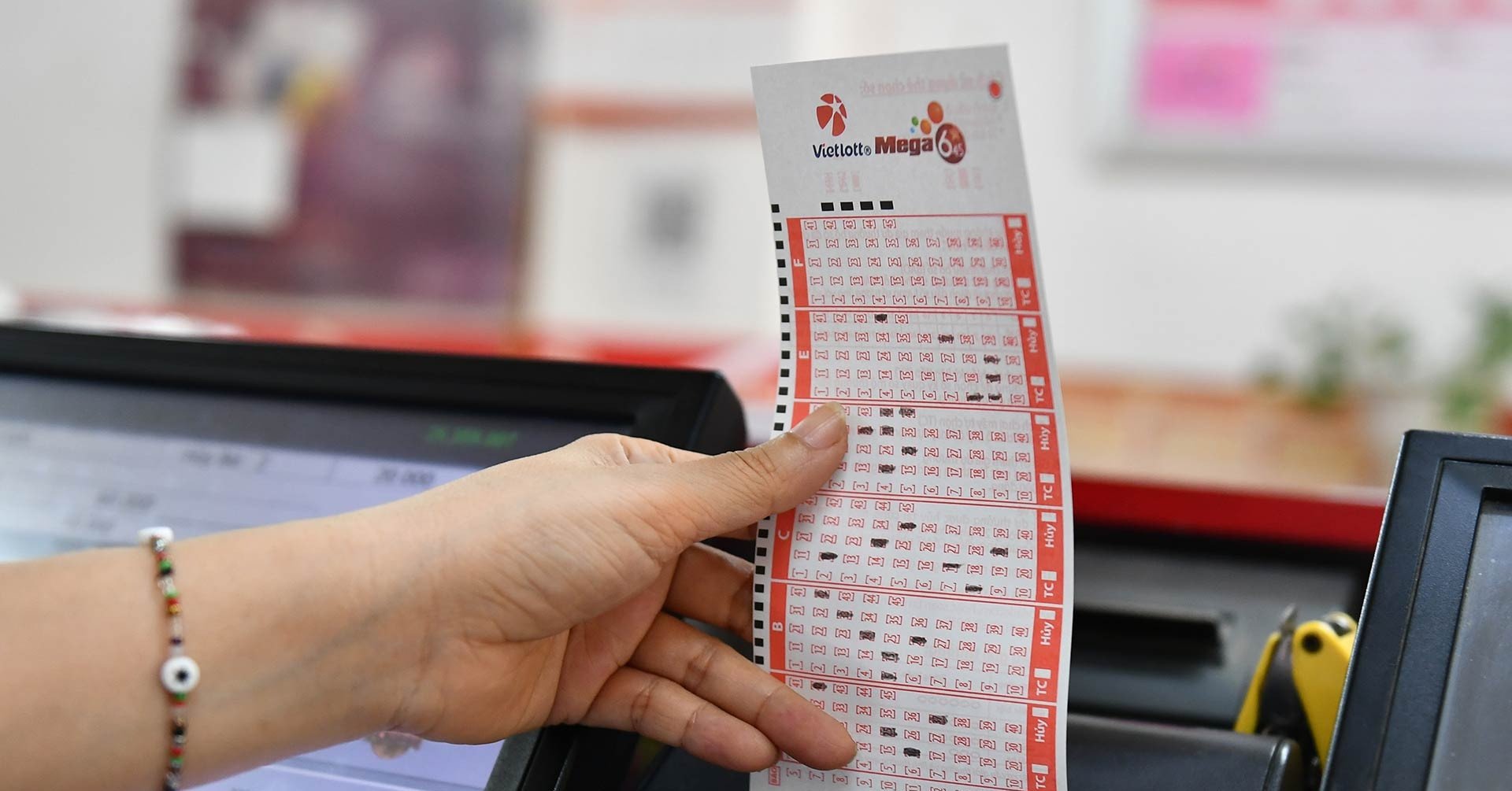




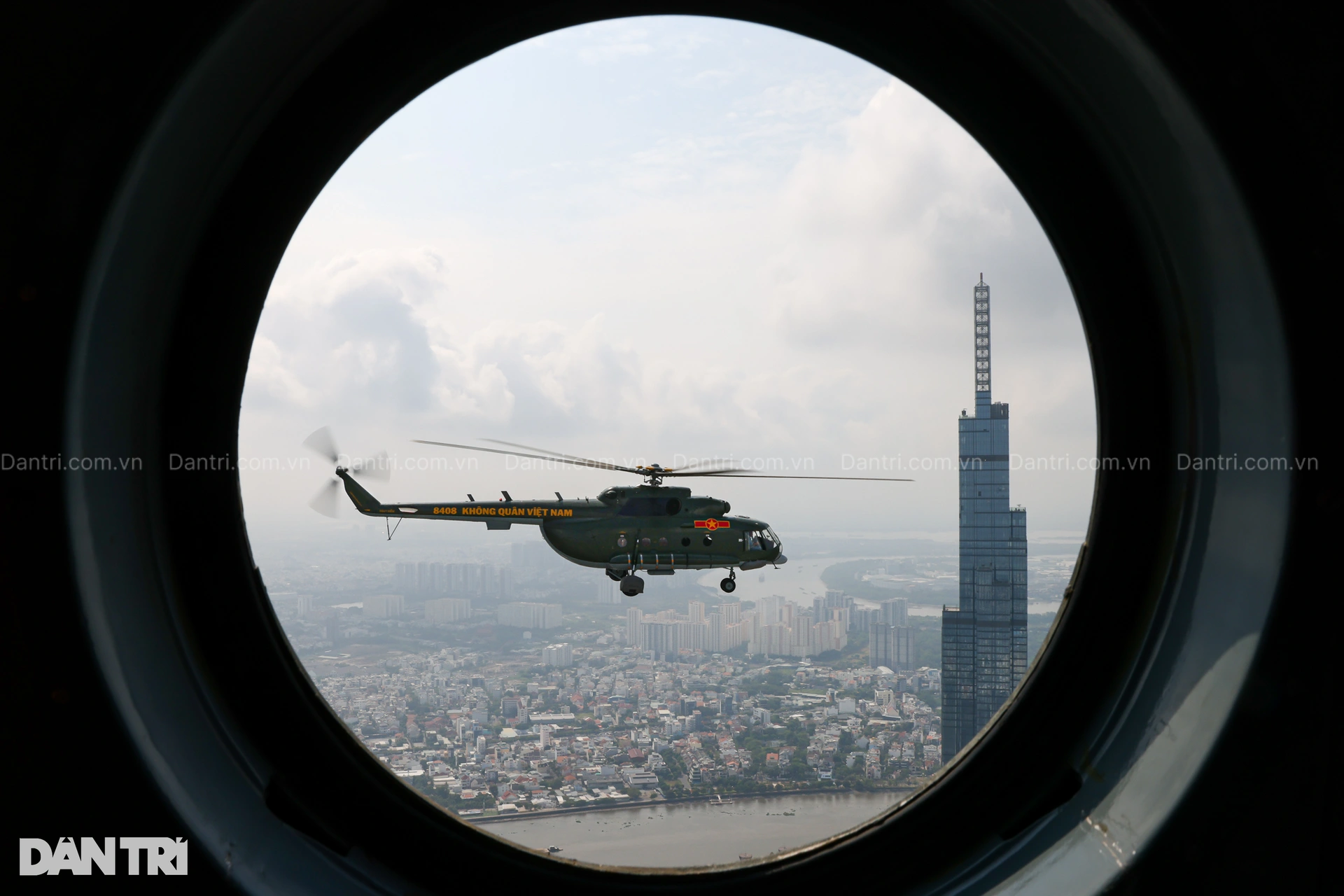



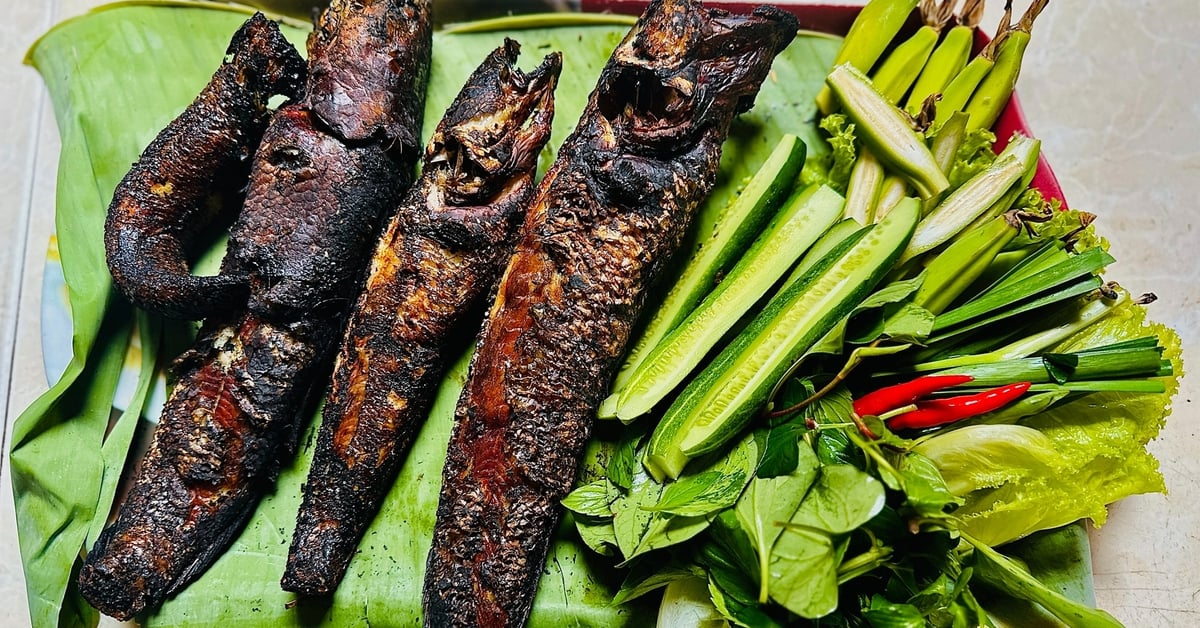
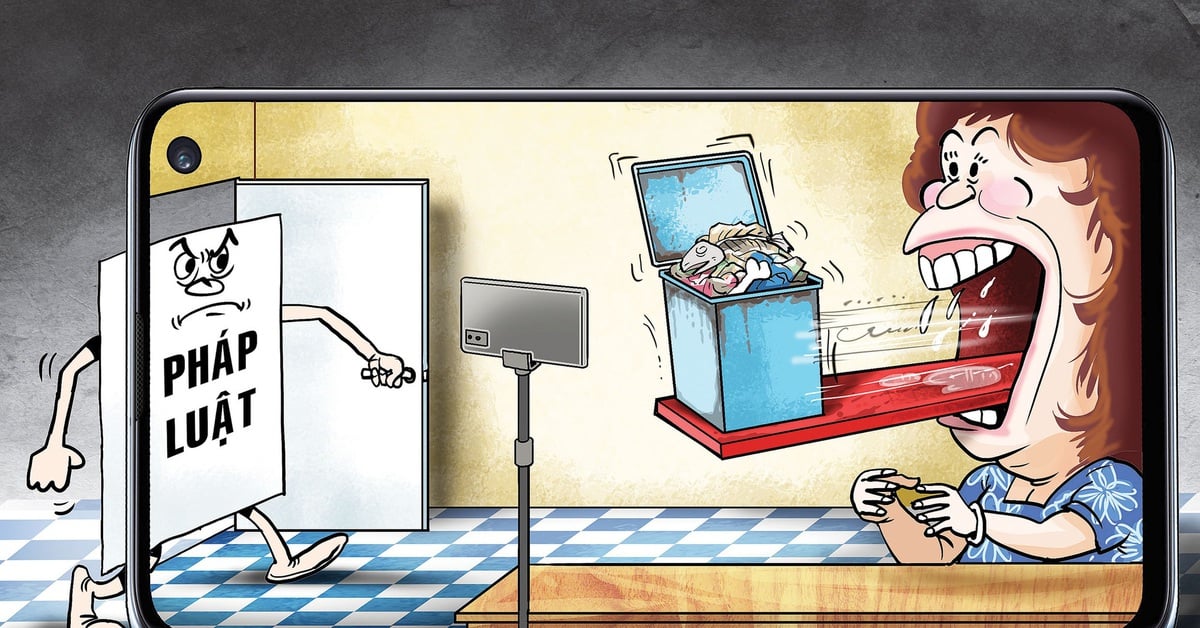
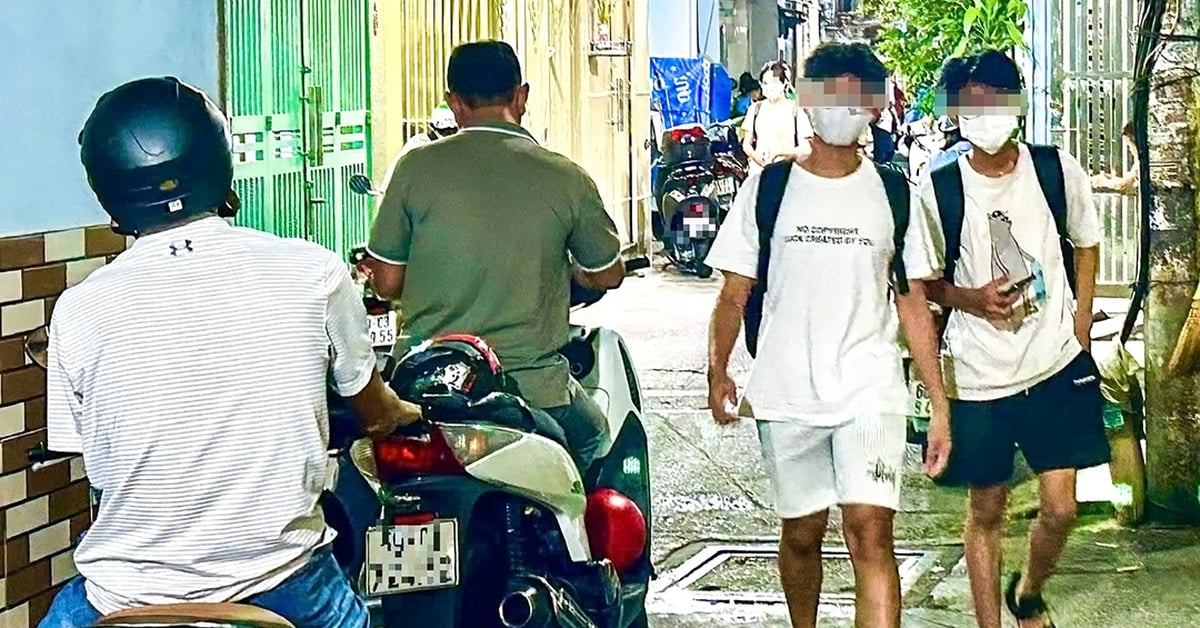
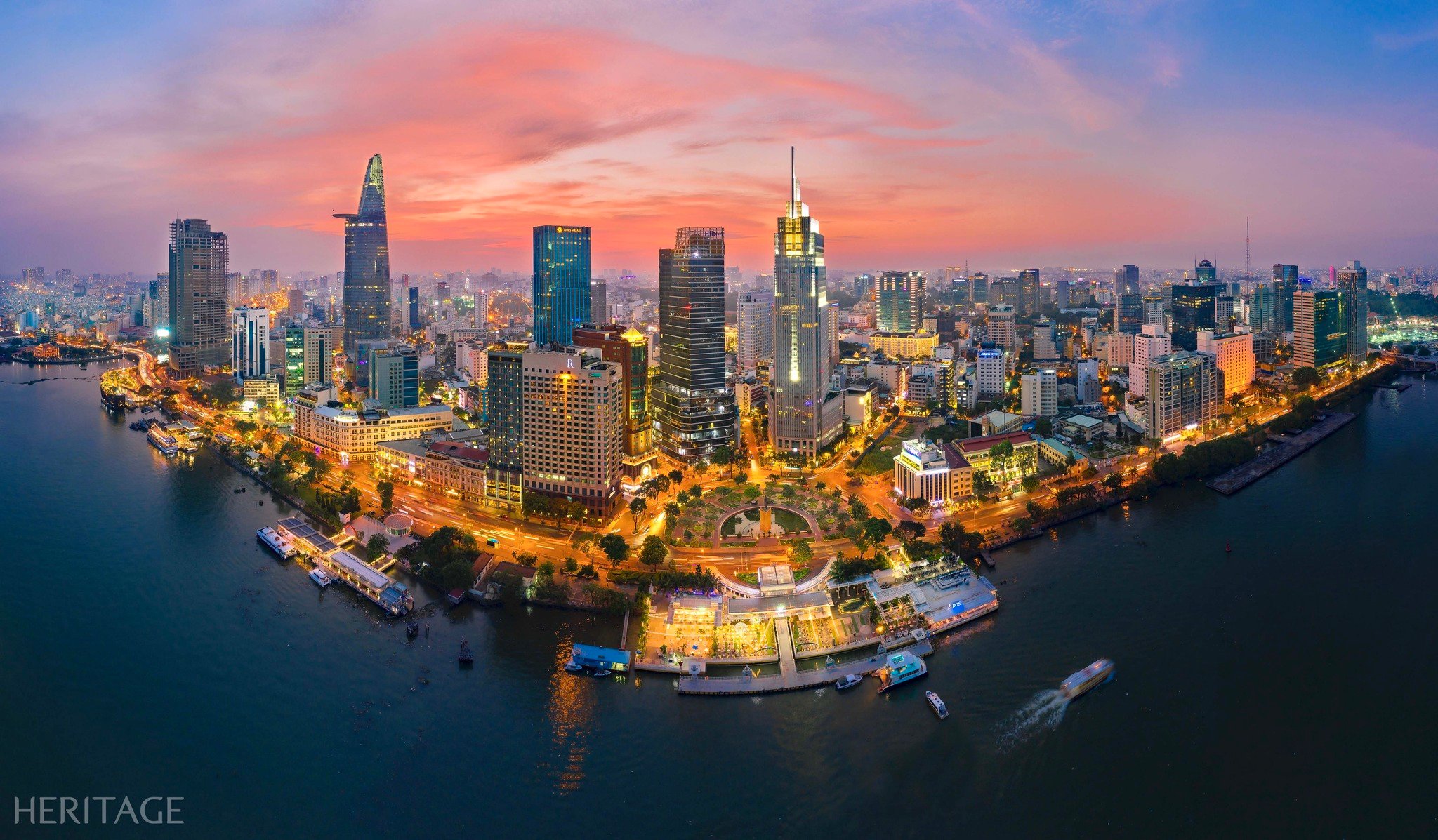
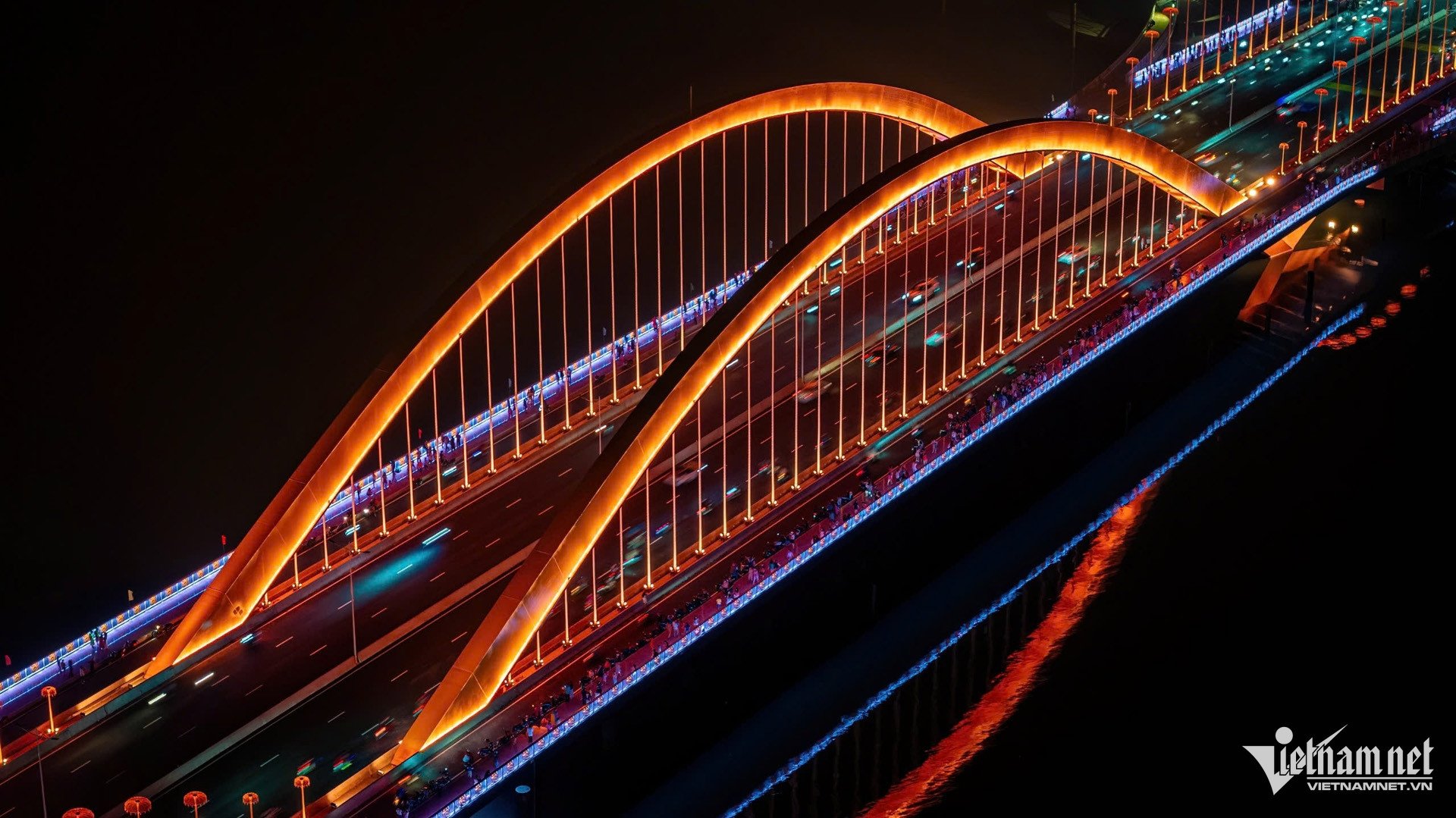
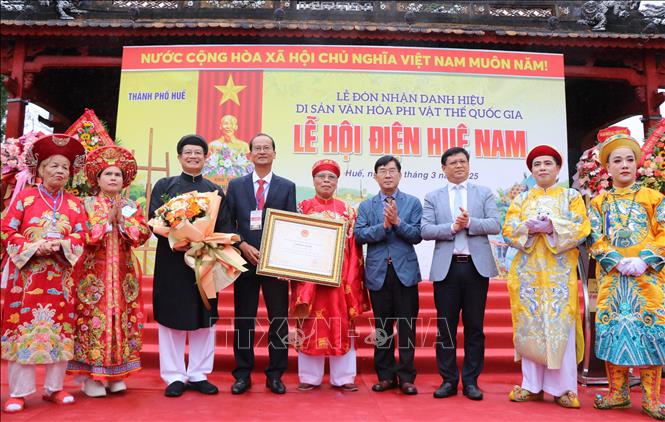

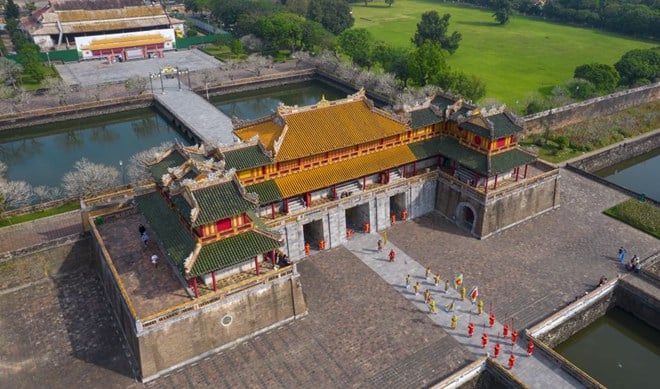



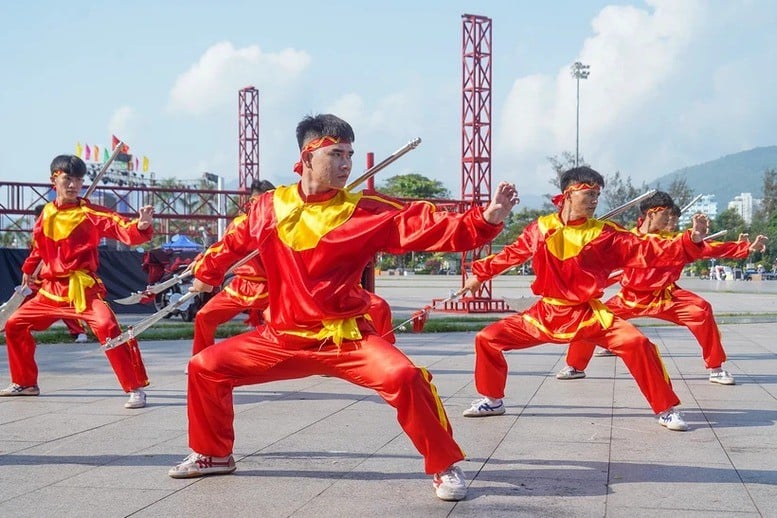



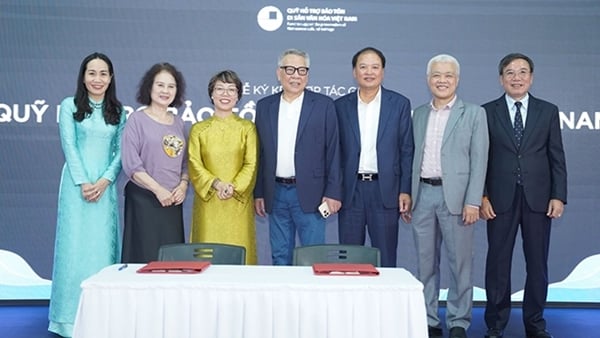
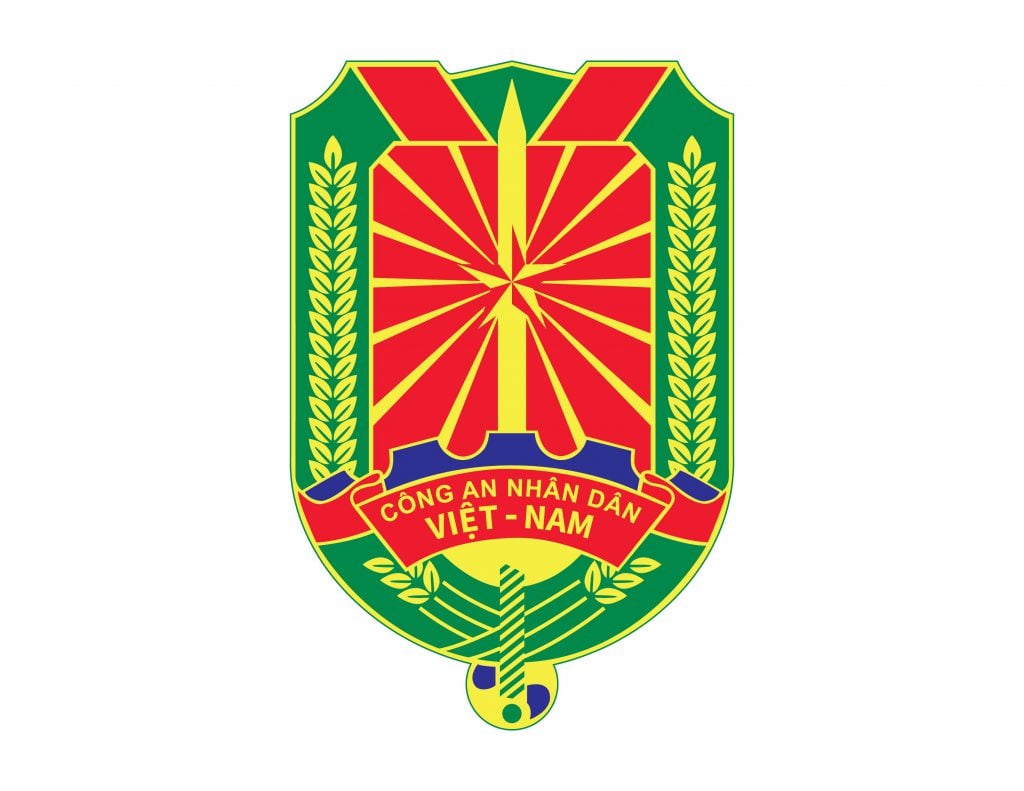
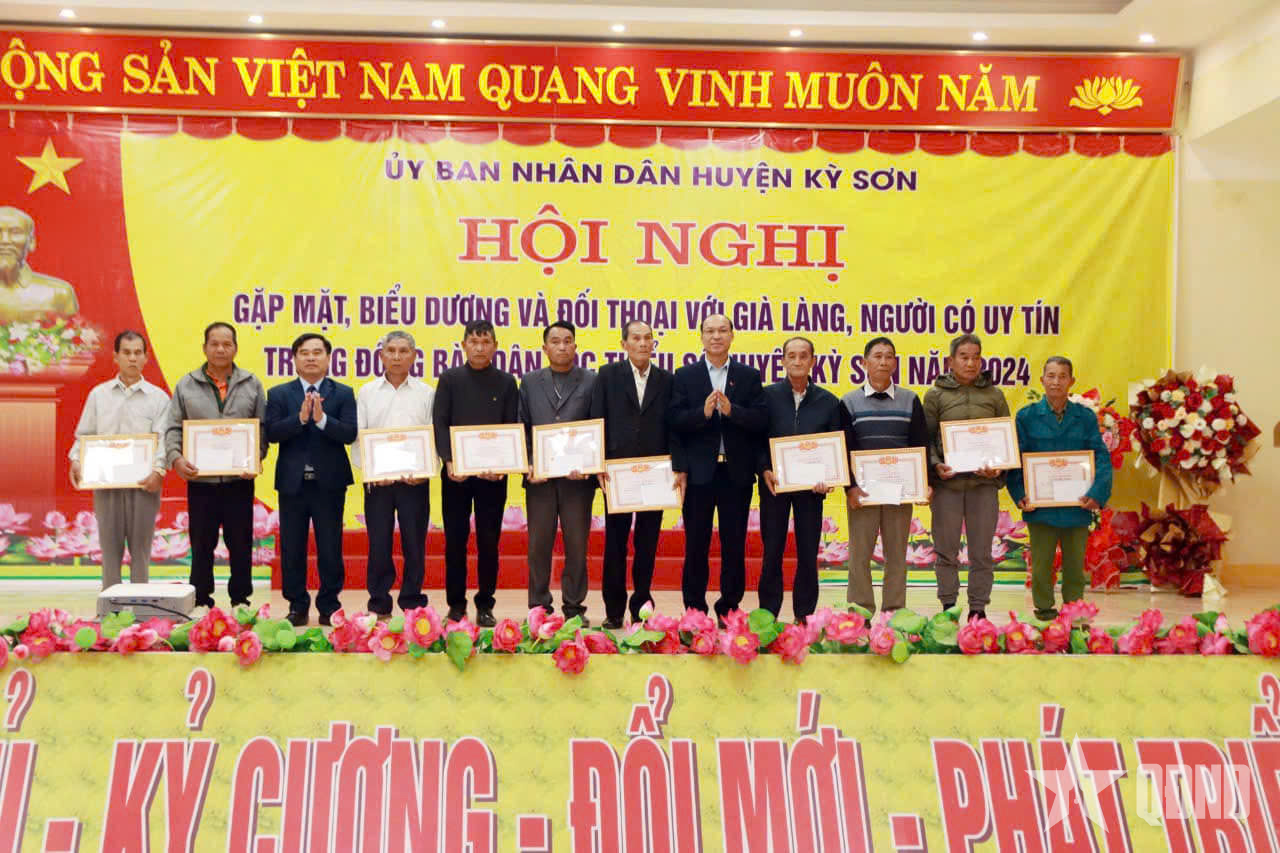

















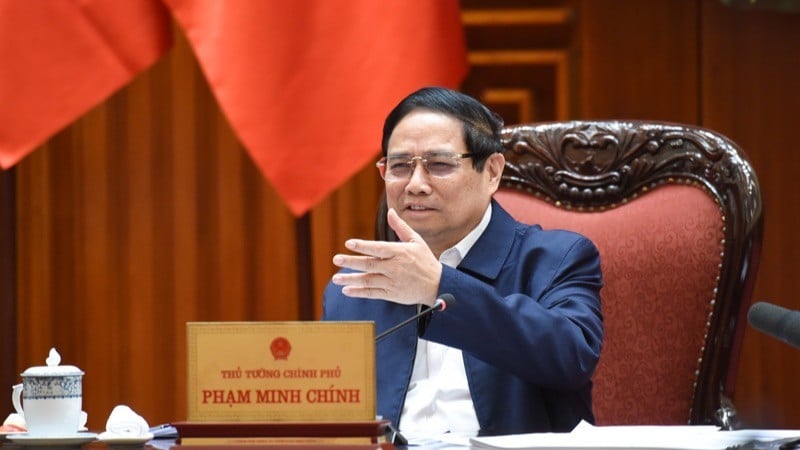



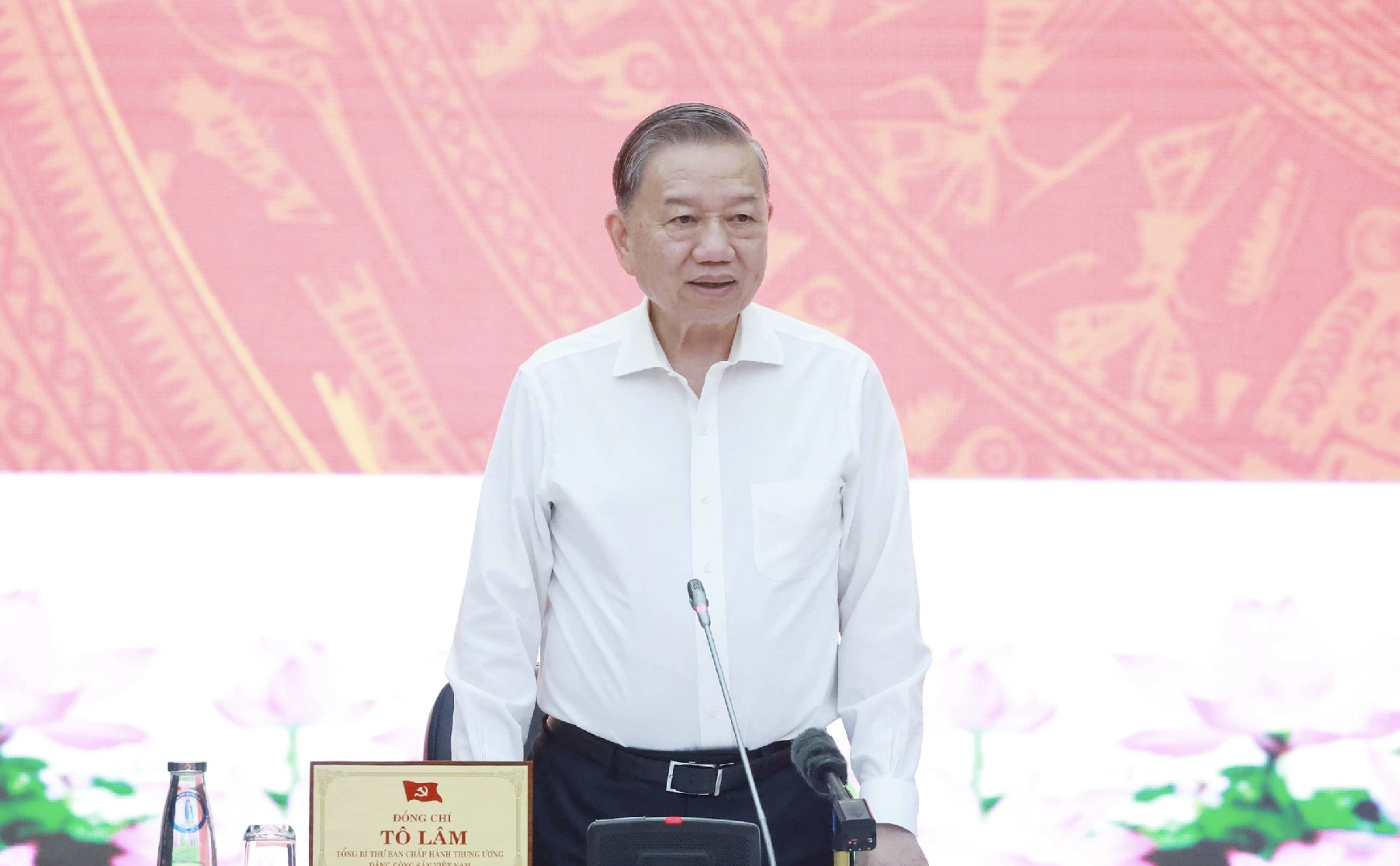




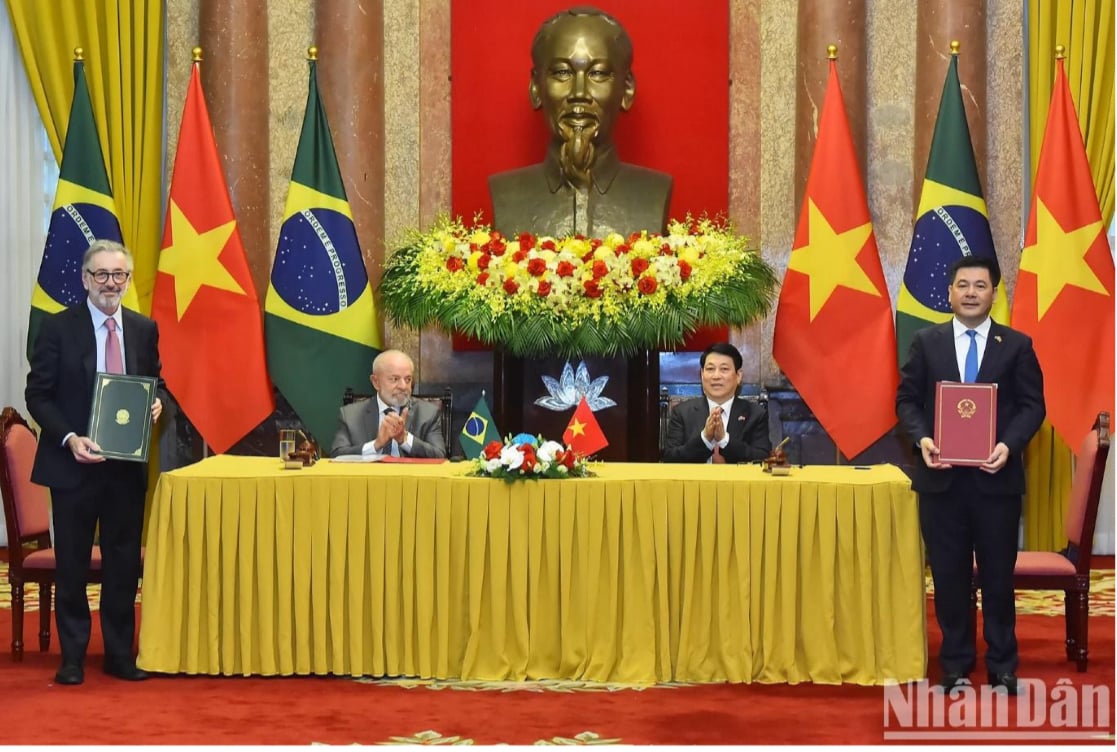

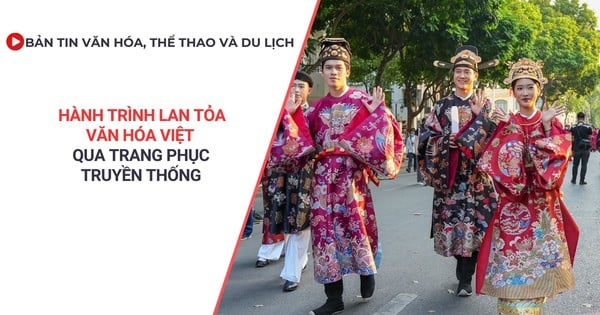

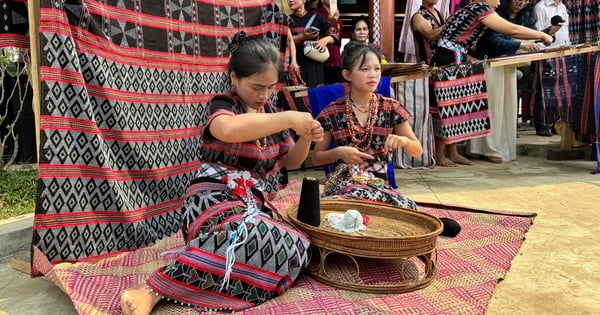


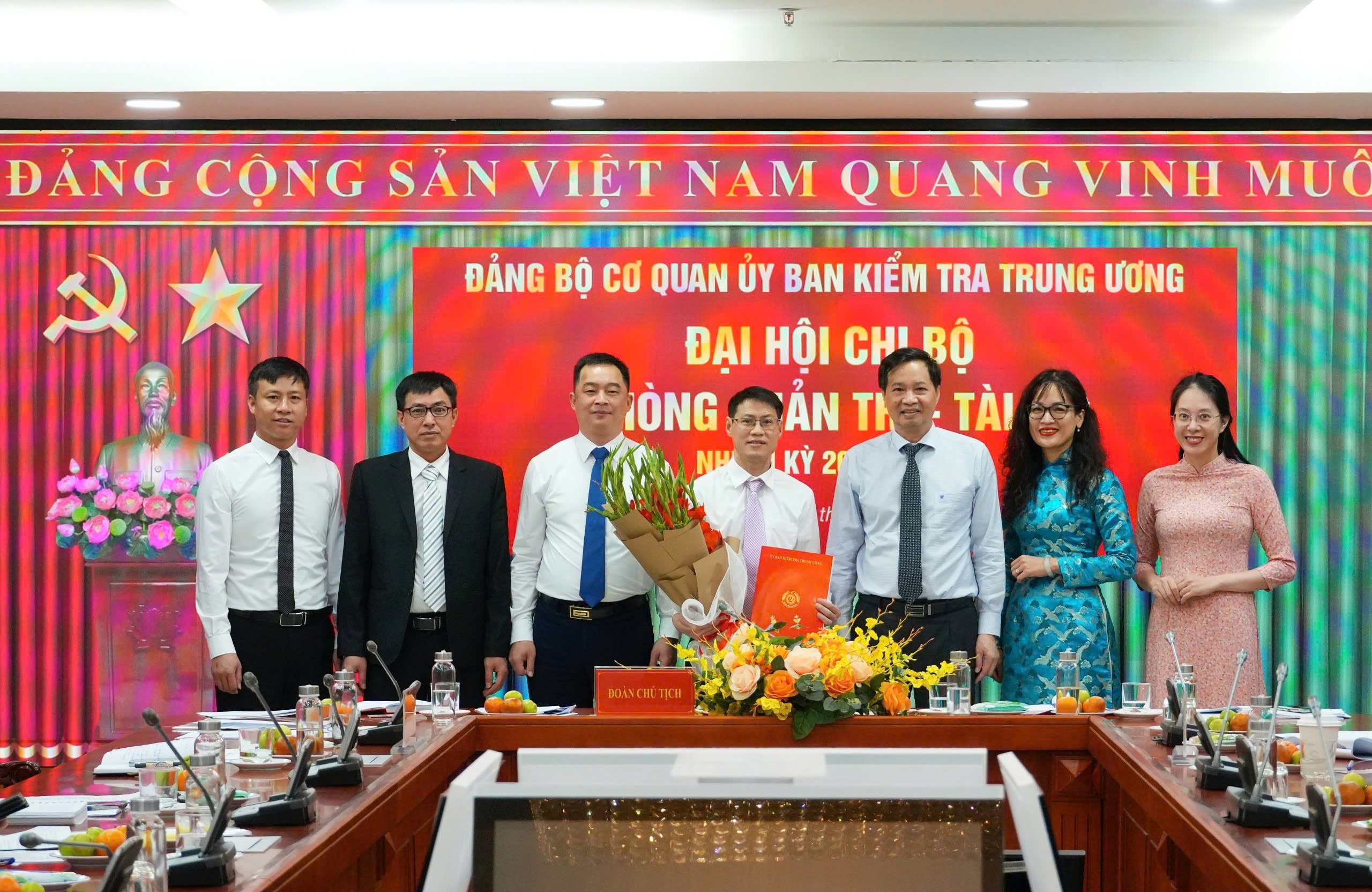
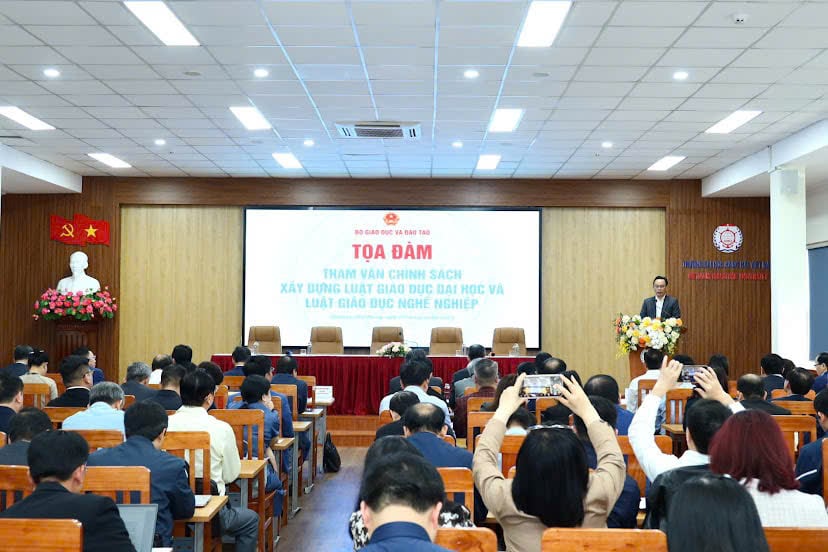



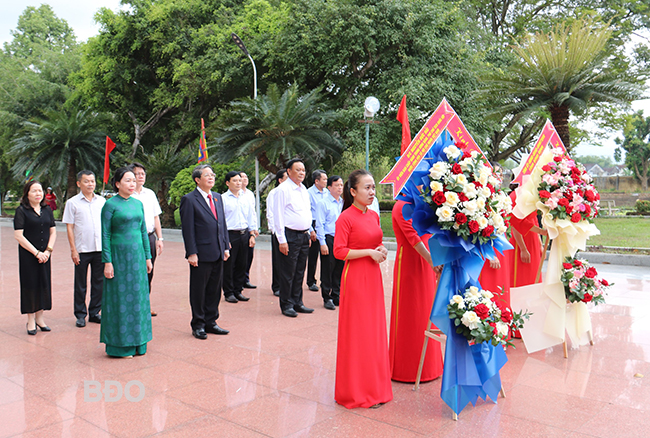

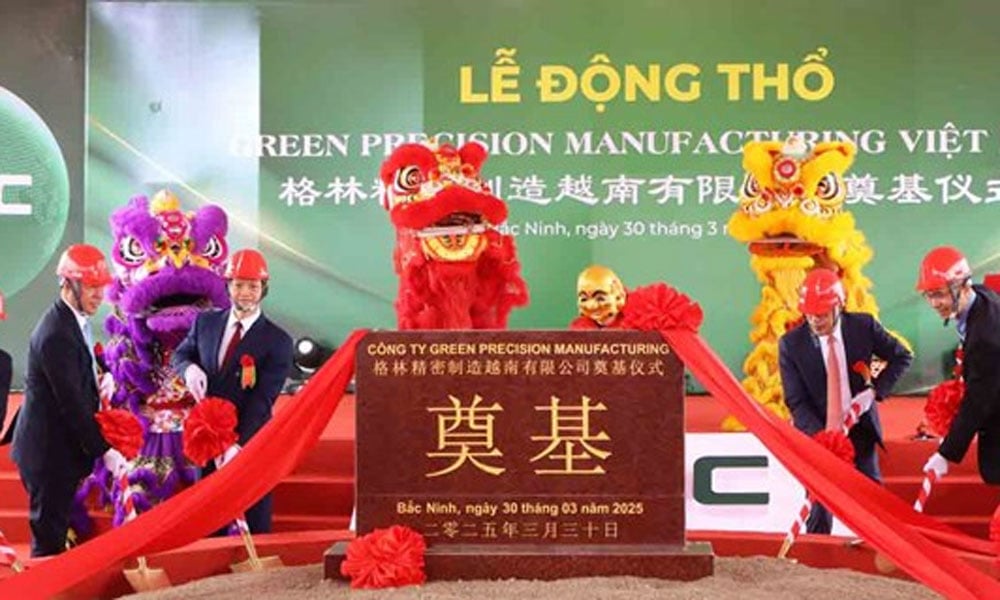

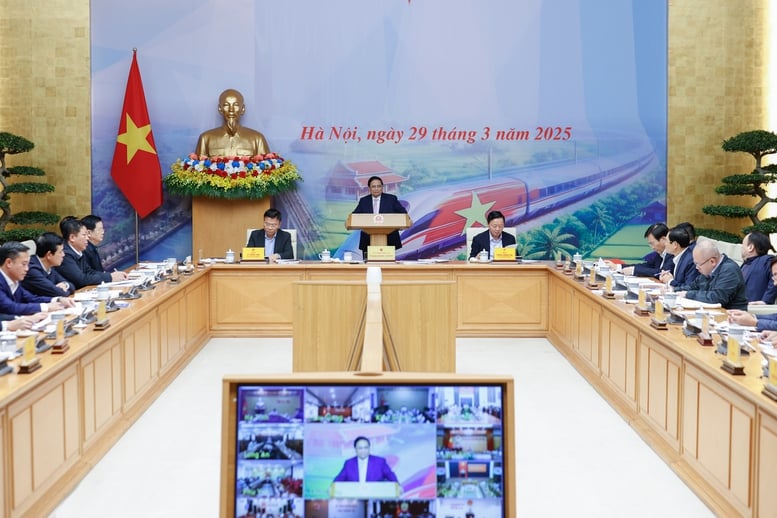
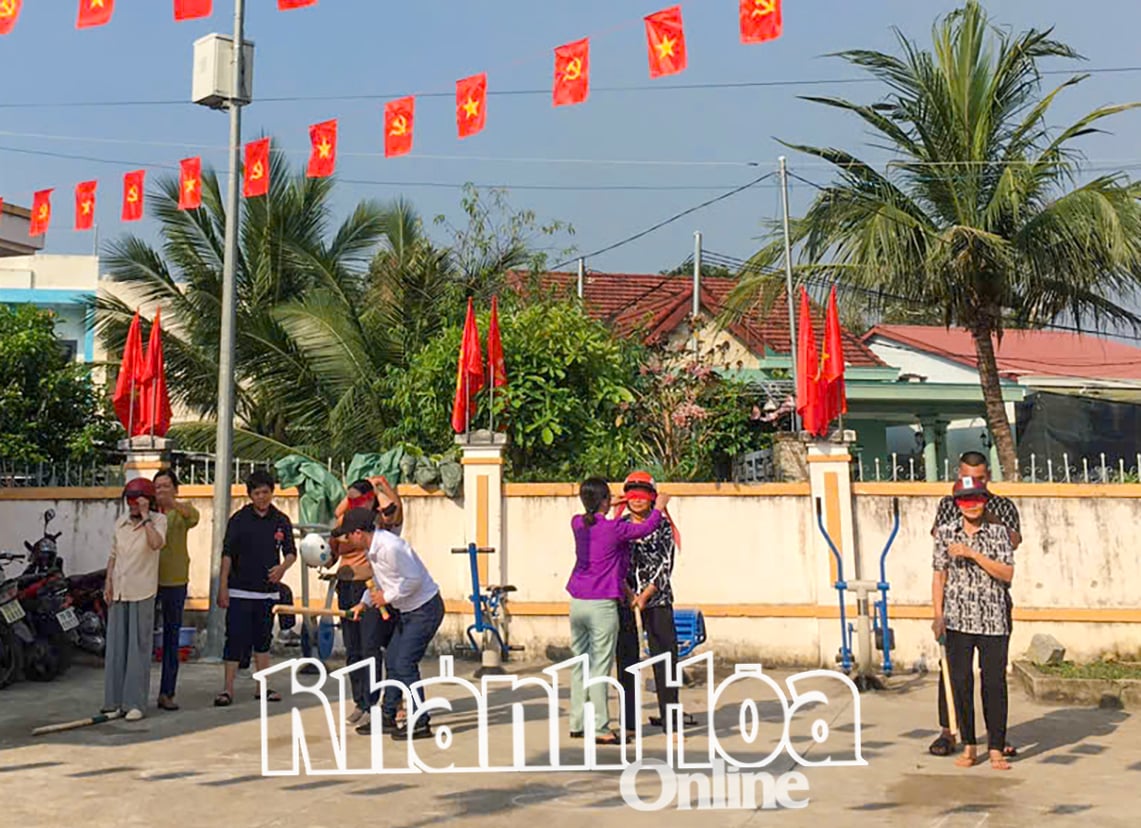

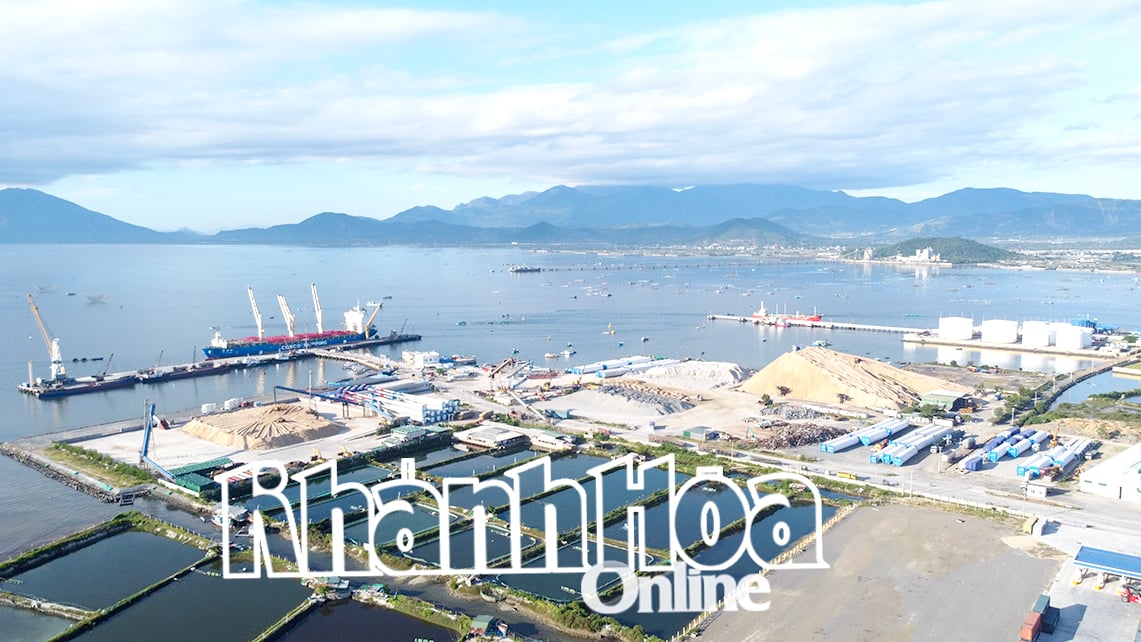


![[REVIEW OCOP] An Lanh Huong Vet Yen Cat](https://vstatic.vietnam.vn/vietnam/resource/IMAGE/2025/3/27/c25032328e9a47be9991d5be7c0cad8c)




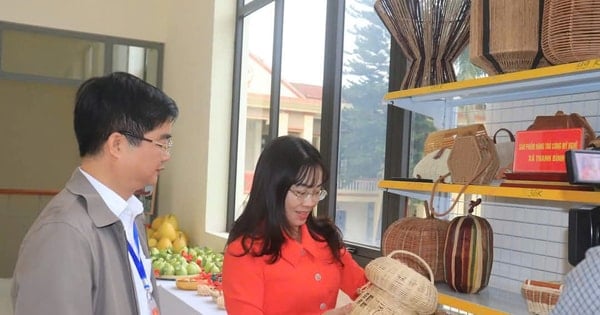


Comment (0)